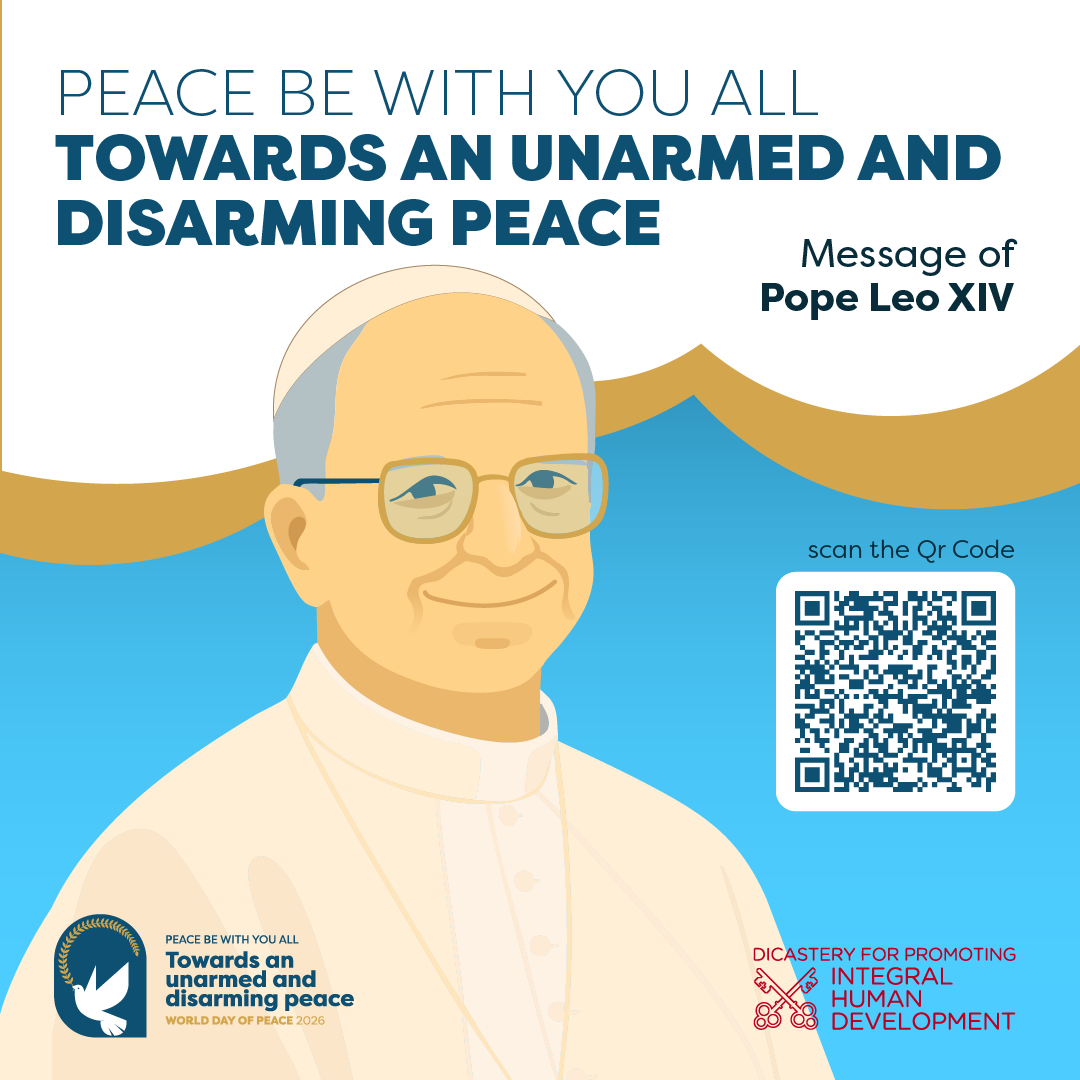In the Armchair Philosophy column of the Catholic Peace Weekly, the professor offers a brief explanation of the 'transcendence technique' in philosophical counseling.
When teaching the transcendence technique in philosophical counseling, misunderstandings are common. Some people consider the transcendence technique a religious counseling method that heals individuals by relying on an absolute being. However, the transcendence technique is unrelated to this; rather, it is a distinct method of philosophical counseling that heals individuals by drawing on fundamental philosophical insights into human nature, life, and existence.
Essentially, it is based on the philosophical insight that humans are free beings who define themselves, solve life’s problems through self-transcendence grounded in the 'transcendence of the mind.' The core of the transcendence technique lies in human nature’s 'transcendence,' which arises primarily from the 'freedom' and 'openness' of the mind. Humans are not complete beings but beings moving toward completion; through life, they realize themselves, and in this process, they experience transcendence by continuously redefining themselves within a free mind.
The essence of the transcendence technique is not to pursue supernatural or idealistic ultra-realities. Instead, it lies in the 'transcendental experience' where humans, despite being finite, continuously surpass their limitations through their minds. The characteristics of the transcendence technique are most evident in the human spirit and in life’s dynamics, which continually strive to transcend limiting conditions rather than submit to them.
The dynamism of the human mind is fundamentally based on the innate 'questions' that drive the pursuit of knowledge. As spiritual beings, humans seek epistemological alignment with the world through constant questioning. Through this process, we fundamentally arrive at the recognition of truth. In the transcendence technique, however, the question serves as the beginning of healing and becomes a method in itself. The questions in the transcendence technique are not limited to an epistemological level of merely satisfying curiosity; they aim at a deeper, more fundamental dimension of healing.
In other words, these questions constitute a fundamental act of understanding for healing, grounded in the absolute affirmation of existence and its horizon of meaning. So, what is the relationship between questioning and healing in philosophical counseling?
The triggering of a question begins with the fundamental recognition that one does not know. The spark of questioning begins with the 'knowledge of ignorance,' an intuition that one fundamentally does not know. So, when exactly do we realize that we do not know? Socrates once drew attention to the maxim inscribed at the Temple of Apollo in Delphi, ancient Greece: 'Know thyself,' as a call to attain true wisdom. Fundamentally, we ask questions because we want to know, but the questioning of transcendental methods serves as both a starting point for healing and a process of healing in itself. This is evident in how we suddenly become aware of our ignorance and ask serious questions when confronted with fundamental problems in life, even though we usually live without conscious awareness of it.
Such questioning is an act of healing, a way for us to overcome and transcend our own suffering and crises. When an event, situation, or object (including a person) approaches and unsettles us—or, particularly in relation to trauma and healing, when we are stranded in a limiting situation and completely lose our direction—we ask questions in an effort to reach understanding. Above all, these questions are directly related to the questions of one's existence, life, and its meaning.



